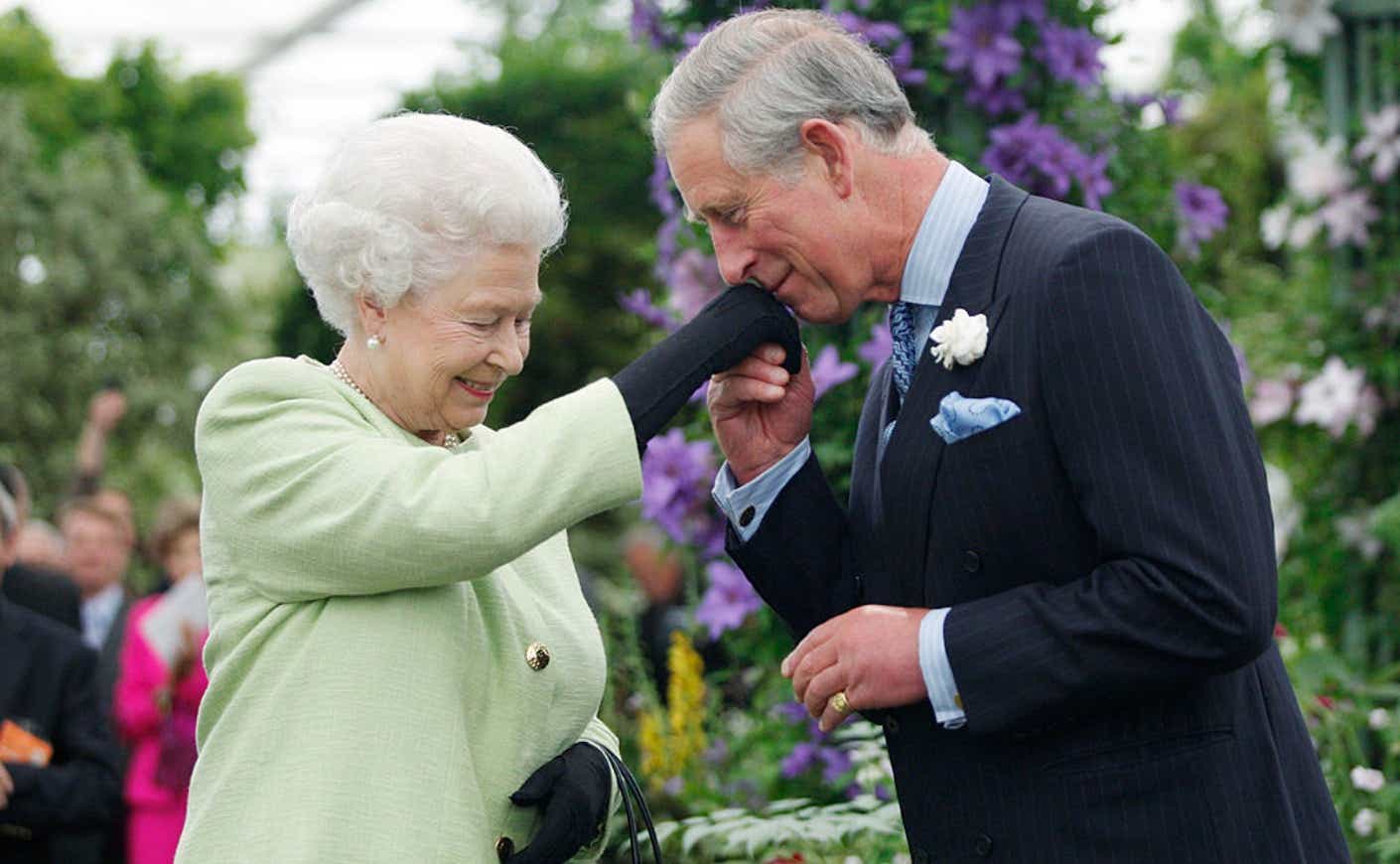Queen Elizabeth II was the first British monarch to reign 70 years, and she outlived more than a dozen U.S. presidents in the process. So, it’s been quite a while since anyone has witnessed a royal transfer of power in the United Kingdom, and many are wondering what happens next. But, luckily, many have been preparing for this very day.
After being placed under medical supervision, Buckingham Palace announced that the Queen “died peacefully” at Balmoral Castle in Scotland on Sept. 8, 2022. As first reported by The Guardian and Politico, there has long been a plan in place for this tragic event detailing what steps the U.K. government will take in the subsequent minutes, hours, and days.
These range from the granular, such as ensuring that flags are lowered to half staff, to major logistical issues like the procedures for her eventual funeral. And in what marks a sign of this new era, other immediate plans will be largely focused on social media. All government accounts feature a black banner and profile pictures will be of the crest associated with each department. Retweets will also be banned among some government Twitter accounts unless cleared by the communications chief, according to Politico.
Here’s a breakdown of the secret plan and what to expect in the aftermath.
"London Bridge Is Down"
After her doctor officially declared her death, Charles automatically became King, and his wife, Camilla, became Queen Consort (despite a 2005 agreement stating that she'd become a princess consort). That means Charles' eldest son, William, is now first in line to the throne.
Then the Queen’s private secretary, Sir Christopher Geidt, is believed to have alerted U.K. Prime Minister Liz Truss by saying “London Bridge is down.” Next, other civil servants are informed via email before flags across Whitehall are lowered to half-mast 10 minutes later (any delay, per the plan, raises concerns around stirring public outrage).
For a time, many people didn't know anything about her death as the news is first circulated to the 15 governments where the Queen serves as the head of state, and 36 nations where she remains a symbolic figurehead. Eventually, a footman from Buckingham Palace emerged to pin an “official notification” to the gates. This was also accompanied by a newsflash that was sent out to the U.K.’s national news agency Press Association wire. As reports spread, a tearful crowd gathered outside the royal palace and began singing "God Save the Queen."
Truss will follow up by making a public statement on the Queen’s death, and King Charles is expected to deliver a broadcast to the nation. Over the next few days, a proclamation will confirm Charles as King and he will likely meet with the Cabinet before embarking on a tour of the United Kingdom, starting with a visit to the Scottish parliament and St. Giles Cathedral in Edinburgh.
When is Queen Elizabeth's funeral?
The Queen’s publicly state-funded funeral is expected to be held about 10 days after her death. Known internally as “Operation LION,” her coffin will be carried in a procession that will start at Buckingham Palace and make its way to the Palace of Westminster for the state funeral (or “Day of National Mourning”).
Of course, the coronavirus pandemic is posing some new challenges; an internal memo warns of the possibility of overcrowding in the capital as potentially hundreds of thousands of people try to pay their respects. According to Politico, public transit, food, and accommodation could be stretched to the “breaking point” and there could potentially be a shortage of stewards to manage the crowds.
Where will Queen Elizabeth be buried?
The state funeral itself will be held at Westminster Abbey followed by a committal service in St. George’s Chapel at Windsor Castle before the Queen will be buried in the castle’s King George VI Memorial Chapel.
As her legacy looms large, world leaders have started paying their respects to the Queen, including President Biden, who first met her when he was a senator in 1982.
“Her Majesty Queen Elizabeth II was more than a monarch. She defined an era,” Biden said in a statement before adding, "In a world of constant change, she was a steadying presence and a source of comfort and pride for generations of Britons, including many who have never known their country without her."









